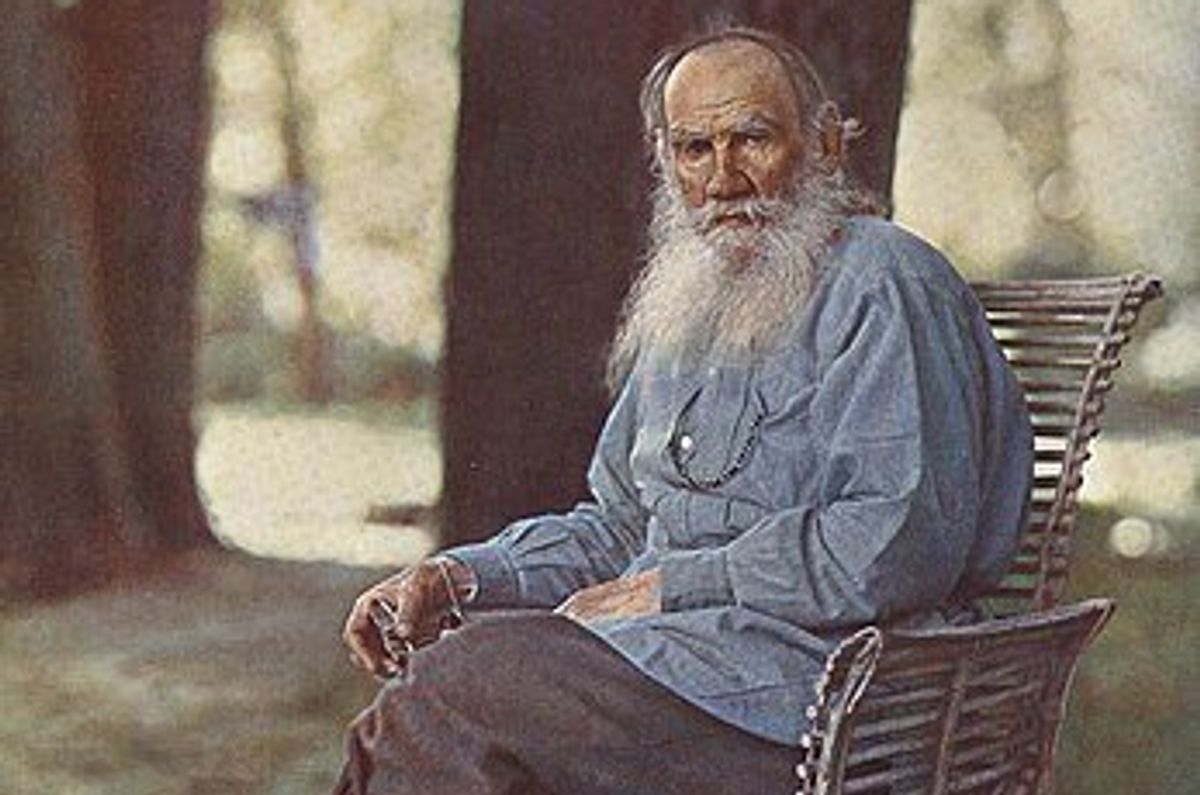The one sign that someone is highly intelligent, according to literary genius Leo Tolstoy
He was a master of understanding the human condition.

Leo Tolstoy was a Russian novelist known for epic works such as"War and Peace" and "Anna Karenina.” His life experiences—from witnessing war to spiritual quests—profoundly influenced his writings and gave him profound insights into the human soul. His understanding of emotions, motivations and moral dilemmas has made his work stand the test of time, and it still resonates with people today.
Julian de Medeiros, a TikTokker who shares his thoughts on philosophy, recently shared how Tolstoy knew if someone was highly intelligent, and his observation says something extraordinary about humanity.
“The more intelligent a person is, the more he discovers kindness in others,” Tolstoy once wrote. “For nothing enriches the world more than kindness. It makes mysterious things clear, difficult things easy, and dull things cheerful.”
@julianphilosophy Intelligent people are kind #intelligent #intelligence #kindness #smart #tolstoy #men #women
De Medeiros boiled down Tolstoy’s thoughts into a simple statement: “Intelligent people are unafraid to be kind.” He then took things a step further by noting that Tolstoy believed in the power of emotional intelligence. "To have emotional intelligence is to see the good in other people, that is what Tolstoy meant, that to be intelligent is to be kind," he added.
It seems that, according to de Medeiros, Tolstoy understood that intelligent people are kind and perceptive of the kindness in others. The intelligent person is conscious of the kindness within themselves and in the world around them.
Through the words of Tolstoy, de Medeiros makes a point that is often overlooked when people talk about intelligence. Truly smart people are as in touch with their hearts as they are with their minds.
This article originally appeared last year.
- Psychotherapist's revelation on an empath's need for love and care ... ›
- 5 applause-worthy quotes from Lady Gaga's candid conversation about emotions at Yale University. ›
- 4-year-old's emotional intelligence is off the charts and people are giving kudos to his mom ›
- 5 signs of intelligence commonly mistaken as weaknesses - Upworthy ›
- How the woman with the world's IQ defeated her critics over the Monty Hall Problem - Upworthy ›





 Rihanna Nails GIF
Rihanna Nails GIF

 Good luck trying to catch a gazelle.
Good luck trying to catch a gazelle. Chickens will eat just about anything.
Chickens will eat just about anything. There's actually a big difference between horses and zebras besides just the stripes.
There's actually a big difference between horses and zebras besides just the stripes. Stop Right There The End GIF by Freeform
Stop Right There The End GIF by Freeform